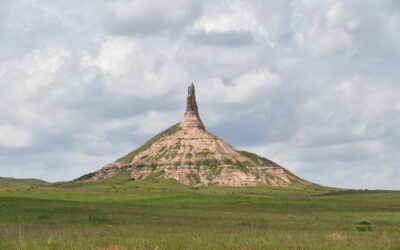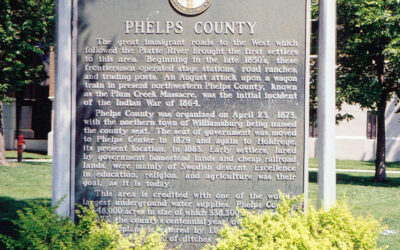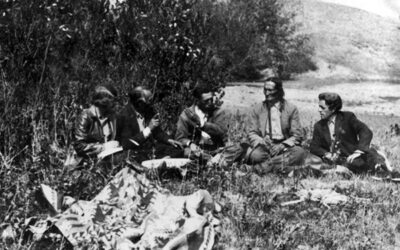
This photograph, from the MacDonald Studio of Lincoln and now in the History Nebraska collections, shows cars belonging to Nebraska Governor Charles W. Bryan (left) and the Merrick County sheriff at the Earl Coryell station, Fourteenth and N streets, Lincoln, on April 11, 1933. Their tanks are being ceremonially filled with a new product: gasoline blended with 10 percent corn alcohol.
This innovative motor fuel was not promoted as a way to relieve oil shortages or mitigate environmental problems. Rather, ethanol promised economic relief for Depression-ravaged farmers and offered drivers increased octane ratings. Ethanol was an excellent anti-knock additive, and Coryell had worked with scientists from the Iowa State College of Agriculture and Mechanical Arts (now Iowa State University) to develop the alcohol-based gasoline.
Ethanol’s principal competitor was tetraethyl lead, a highly poisonous chemical that would remain the most common anti-knock agent for nearly fifty years. Advances by the Ethyl Corporation, created by Standard Oil, General Motors, and DuPont, allowed them to produce tetraethyl lead inexpensively, and therefore dominate the market.
In 1936 Coryell joined as a complainant in an antitrust lawsuit filed by the U.S. Justice Department, which ultimately failed in the U.S. Supreme Court. By 1940 ethanol gasoline had vanished, unable to compete economically with leaded gasoline.
This originally appeared in the Summer 2006 issue of Nebraska History Magazine.




